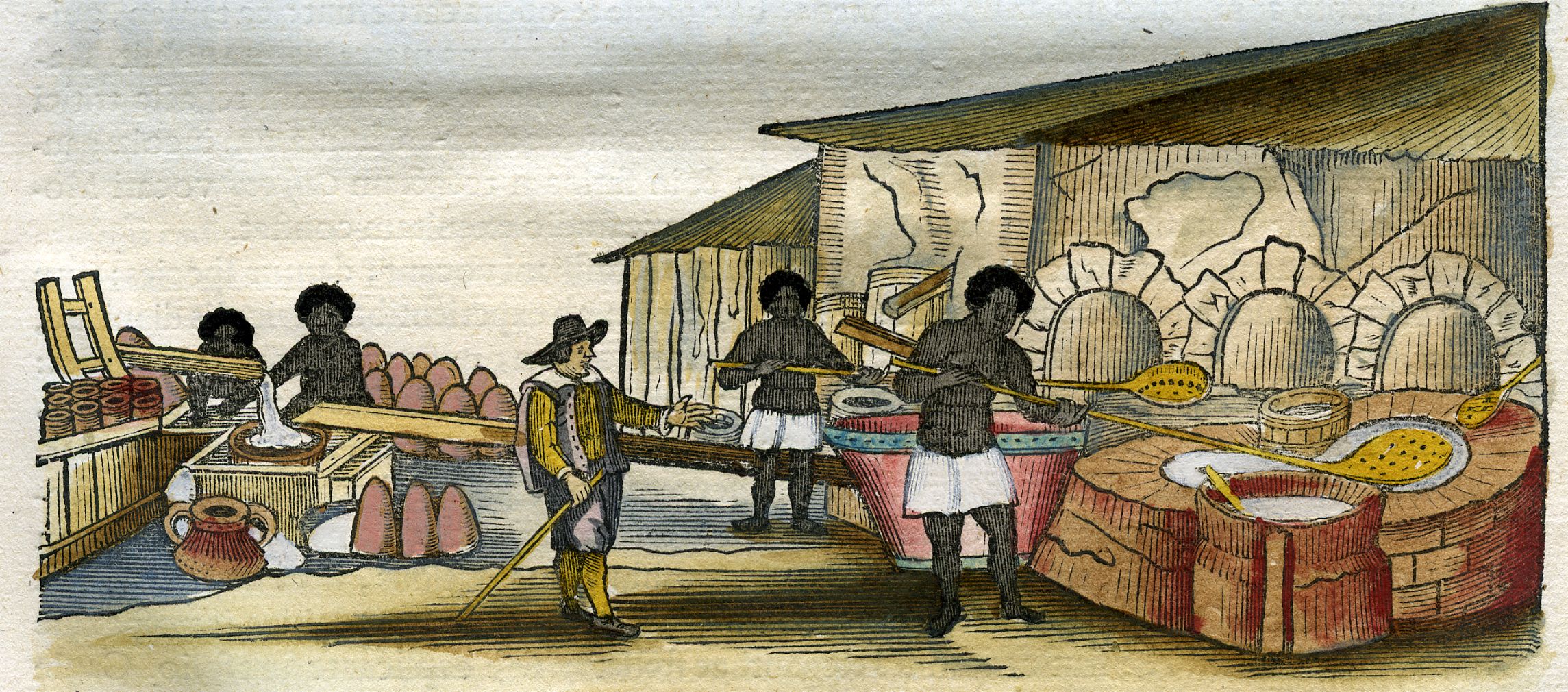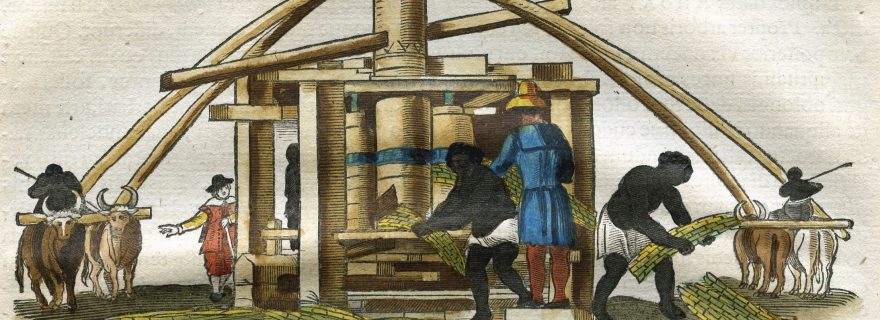Johannes de Laet and Dutch Brazil
De Laet's interest in the New World led him to seek a role in the Dutch West India Company. In 1648 he edited and published a richly-illustrated folio edition, documenting Brazils little-known landscape
Leiden resident Johannes de Laet was one of the nineteen directors of the Dutch West India Company. Although raised to become a merchant in the wool trade, De Laet's interest in the New World led him to seek a role in the WIC. The company, established in 1621, was initially oriented towards privateering. Piet Heyn captured the Spanish silver fleet in its service and thereby greatly enlarged the company's capital. Since producing goods was more profitable than stealing them, however, the WIC chose to establish a foothold on the coast of Brazil from which to obtain sugar, dye woods, and tobacco. A first attempt in Bahia in 1624 didn't last long: the Dutch were expelled after one year.
Johannes de Laet followed all of these developments closely. His personal library included a large collection of history and natural history books on North, Central, and South America. From these materials he composed a description of the New World in 1625; in 1644 followed a history of the WIC from 1621 to the end of 1636. As a director, De Laet also had access to the company archives, and there he found the information for his Brazilian Handbook of 1637. This hand-written work was meant to serve as a briefing for Johan Maurits van Nassau, who in mid-1636 was named as governor of Dutch Brazil. Under Maurits' direction the colony blossomed.

Collection Leiden University Libraries (1407 B 3)
The governor was accompanied on his journey by scientists and artists who were given the task of documenting and depicting Brazil's little-known landscape. The most famous were the painters Frans Post and Albert Eckhout, the naturalist and map-maker Georg Marcgrave, and the medical doctor Willem Piso. In 1648, De Laet edited and published Piso and Marcgrave's works in Latin, in a luxurious, richly-illustrated folio edition. A colored example can be found in the Leiden University Library, along with many other maps, prints, and documents concerning Dutch Brazil. These will be available for viewing on November 14, 2009 in the Grote Vergaderzaal of the University Library as part of the presentation of Het Braziliaanse handboek van Johannes de Laet, edited by Ben N. Teensma. (translation Alexander Bick)



